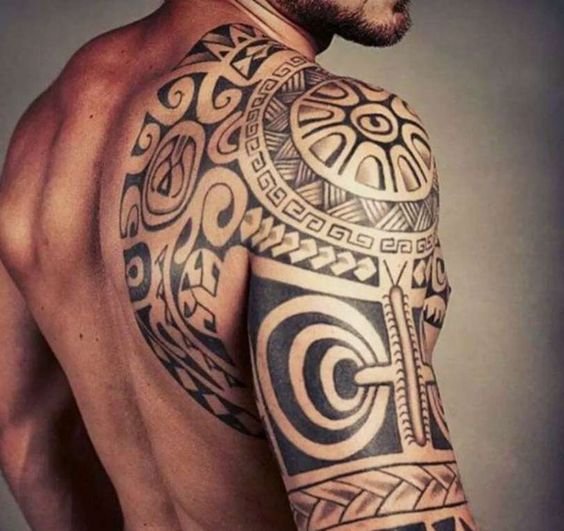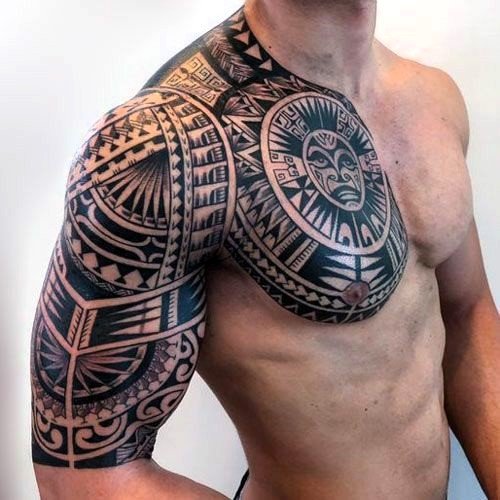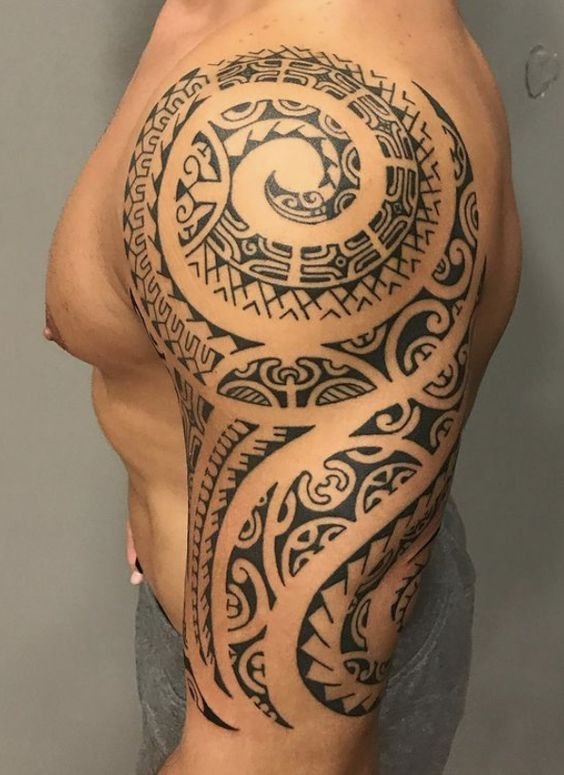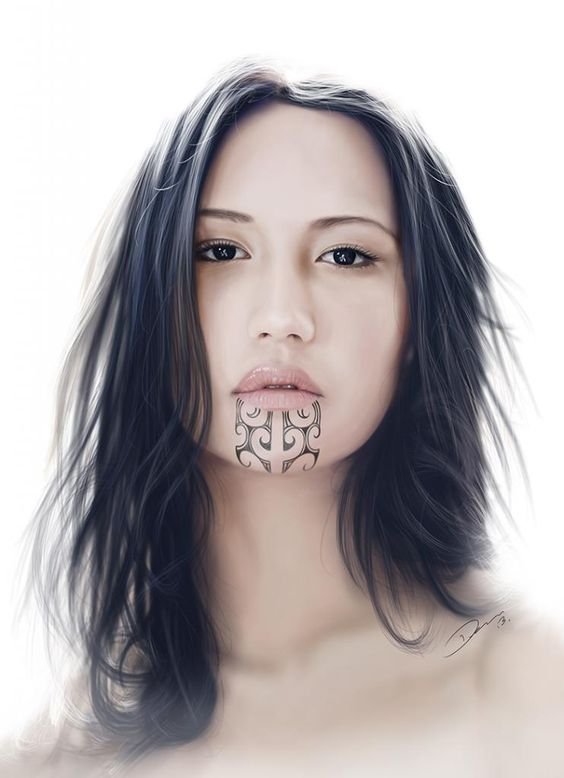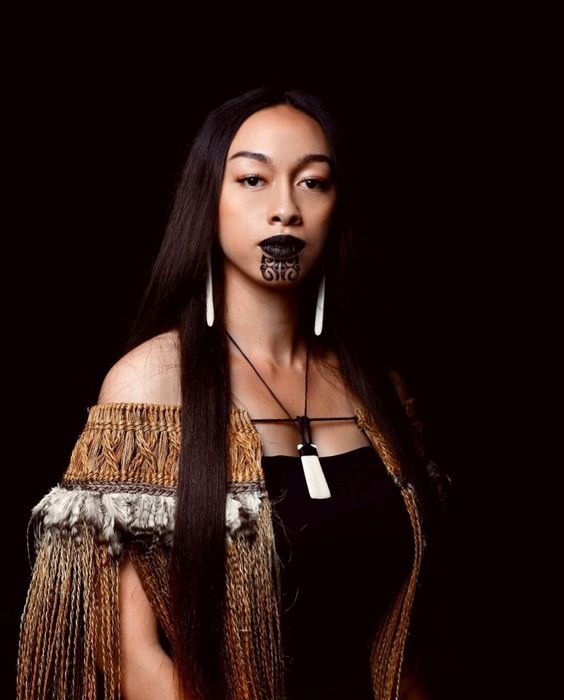Maori Tattoos:
History, Meaning,
and Modern Insights
Maori tattoos, or ta moko, carry significant cultural meaning for New Zealand's indigenous Maori people.
They act as markers of identity, social status, and lineage, with each unique pattern narrating the story of the wearer. Let's explore the diverse designs, historical journey, and modern influences shaping contemporary Maori tattoos.



Core Characteristics
and Symbolism of Maori Tattoos:
- Ornamental Patterns: Maori tattoos are known for their detailed geometric motifs and spirals. Lines, circles, and zigzags are carefully arranged to represent personal ancestry and the individual's story.
- Facial Tattoos: Historically, ta moko were placed on the faces of chiefs and warriors to denote their societal status and achievements. Each facial design was distinct, reflecting the wearer's unique lineage.
- Gender-Specific Designs: Maori tattoos are traditionally different between genders. Men typically wore ta moko on their faces, arms, and legs, while women often preferred smaller tattoos on their lips and chins.


Symbolism of
Maori Tattoo Patterns:
Each ta moko pattern holds deep meaning, contributing to a broader narrative about the wearer’s life.
Here are some popular motifs and their significance:
- Koruru (Crown): Resembling a stylized face, koruru represents wisdom and leadership. Traditionally illustrated with prominent eyes and a carved mouth, this symbol is linked to ancestral pride, eloquence, and insight.
- Koru (Fern Spiral): The koru, inspired by a young fern frond, stands for growth, renewal, and new beginnings. It signifies a commitment to personal development and harmonious living.
- Pakati (Ocean Waves): These zigzag lines reflect ocean waves, symbolizing journeys, quests for knowledge, and spiritual achievements. Often combined with other motifs, this pattern emphasizes progress and forward movement.
- Niho Taniwha (Dragon Tooth/Fishbone): Resembling fishbones or dragon teeth, this pattern represents courage, protection, and strength. It’s frequently worn by warriors to reflect resilience and their ability to protect others.



Fascinating Aspects
of Maori Tattoos:
- Ta moko served as distinguishing marks of status, familial ties, and tribal association, showing an individual’s clan and social role.
- Each ta moko was designed to uniquely reflect a person's genealogy, achievements, and personal traits.
- The tattooing process was a sacred ritual, accompanied by ceremonies and community involvement. Ta moko wasn't merely body art but a profound spiritual practice.
- Traditional tools like bone and wood chisels were initially used for tattooing. While modern tools are common today, some artists still strive to maintain traditional methods.


- The natural world heavily inspires Maori tattoo motifs, with patterns like waves, leaves, and animals reflecting a deep spiritual connection to nature.
- Despite nearly vanishing in the 20th century, ta moko has made a resurgence due to Maori efforts to preserve their cultural legacy and growing global interest in this art form.
- Ta moko designs often passed down through families to represent lineage, beliefs, and values. Each tattoo served as a testament to one's heritage and loyalty to ancestral roots.


 Create a sketch in the VEAN TATTOO AI generator
Create a sketch in the VEAN TATTOO AI generator



